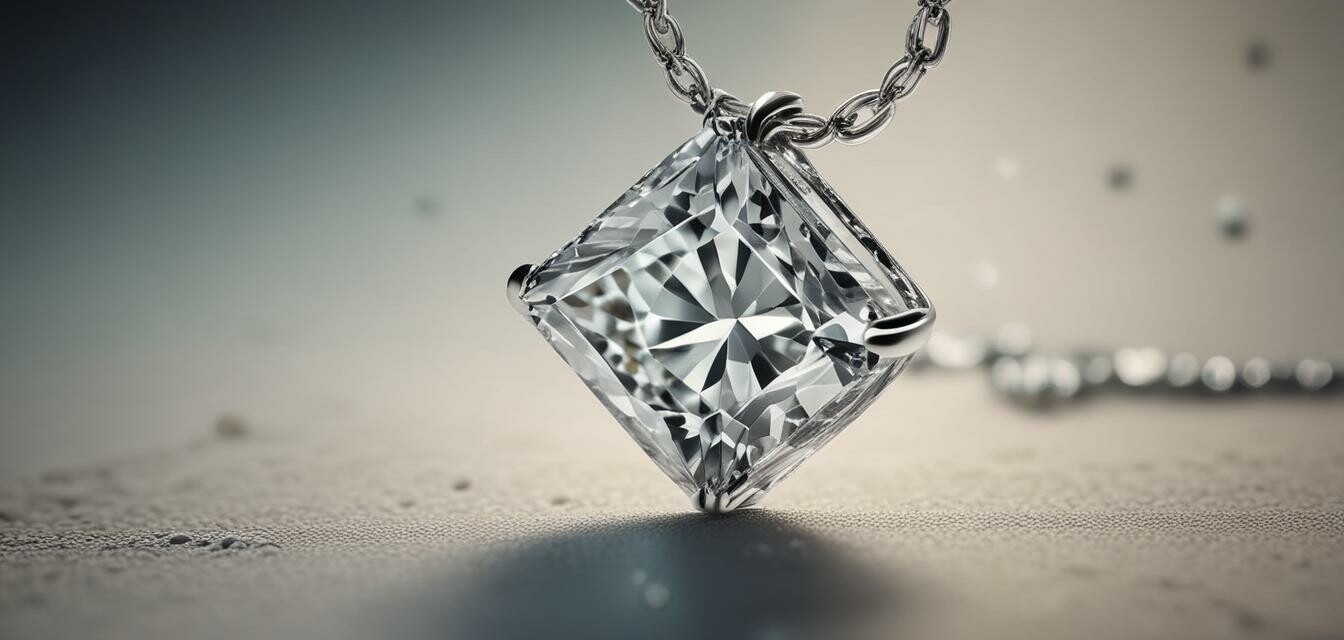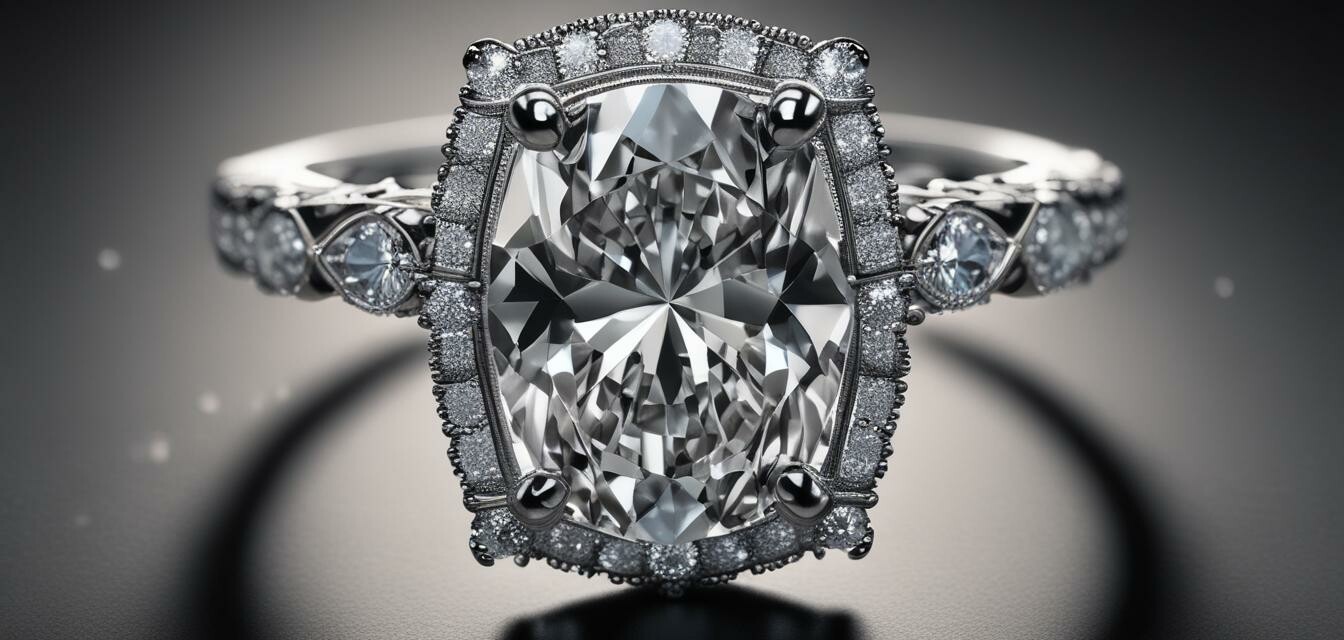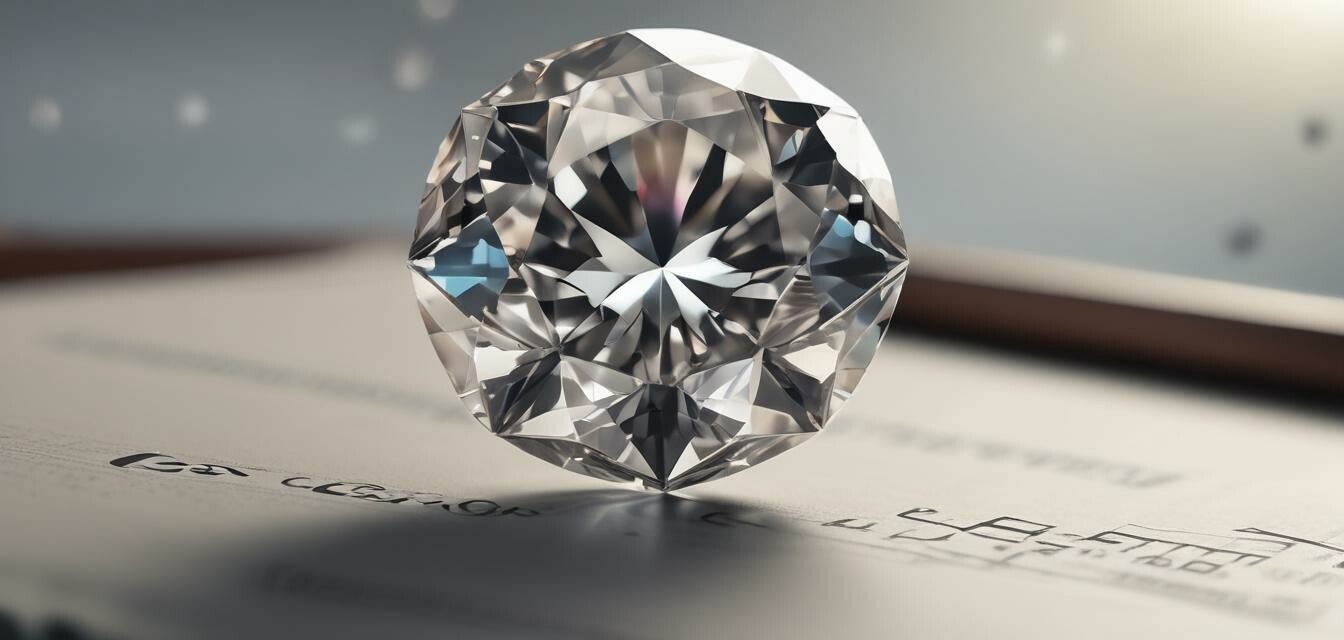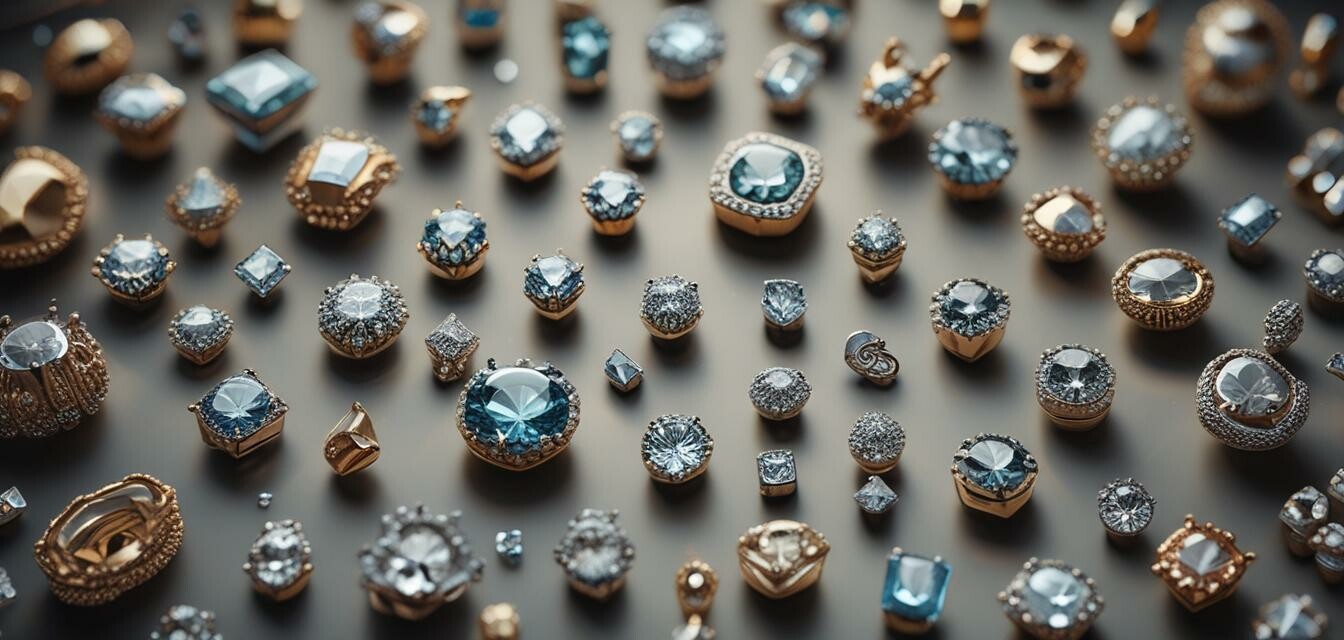
Understanding Diamonds
A comprehensive guide to understanding the different types and qualities of diamonds.
Key Takeaways
- Diamonds are categorized into four main types: natural, lab-created, treated, and simulated.
- The 4Cs (carat, color, clarity, and cut) determine a diamond's quality and value.
- Understanding the different types and qualities of diamonds helps you make an informed purchase decision.
Types of Diamonds
Diamonds can be categorized into four main types: natural, lab-created, treated, and simulated. Each type has its unique characteristics, advantages, and disadvantages.
| Type | Description | Advantages | Disadvantages |
|---|---|---|---|
| Natural | Formed naturally over millions of years | Rarity, uniqueness, and emotional value | High cost, inclusions, and imperfections |
| Lab-Created | Manufactured using advanced technology | More affordable, fewer inclusions, and better clarity | Lack of emotional value, limited resale value |
| Treated | Enhanced to improve color or clarity | More affordable, improved appearance | May not be as durable, limited disclosure |
| Simulated | Man-made materials mimicking diamonds | Very affordable, durable, and low maintenance | Not a real diamond, limited sparkle |
The 4Cs of Diamonds
The 4Cs (carat, color, clarity, and cut) are the key factors that determine a diamond's quality and value.

Carat
The weight of a diamond, with larger diamonds being more rare and valuable.
Color
The color of a diamond, ranging from colorless to yellow or brown, with colorless being more rare and valuable.
Clarity
The presence or absence of inclusions and blemishes, with clearer diamonds being more rare and valuable.
Cut
The proportions, symmetry, and polish of a diamond, with well-cut diamonds refracting light better and appearing more brilliant.
Diamond Certification
Diamond certification is a report issued by a third-party organization, such as the Gemological Institute of America (GIA) or the International Gemological Institute (IGI), that verifies a diamond's quality and characteristics.

Conclusion
Understanding the different types and qualities of diamonds is crucial in making an informed purchase decision. By considering the 4Cs and certification, you can find the perfect diamond that fits your budget and style.
Pros of Understanding Diamonds
- Makes an informed purchase decision
- Helps you find the perfect diamond
- Increases the value of your diamond
Cons of Not Understanding Diamonds
- May overpay for a diamond
- May not find the perfect diamond
- May be disappointed with the diamond's quality
Now that you have a comprehensive understanding of diamonds, start exploring our collection of engagement rings, earrings, and necklaces and pendants to find the perfect diamond jewelry for you.

Remember, understanding diamonds is key to making an informed purchase decision. With this knowledge, you can find the perfect diamond that fits your budget and style.
Beginners Section
- Start by understanding the 4Cs of diamonds
- Consider your budget and style
- Research and compare different diamond options








